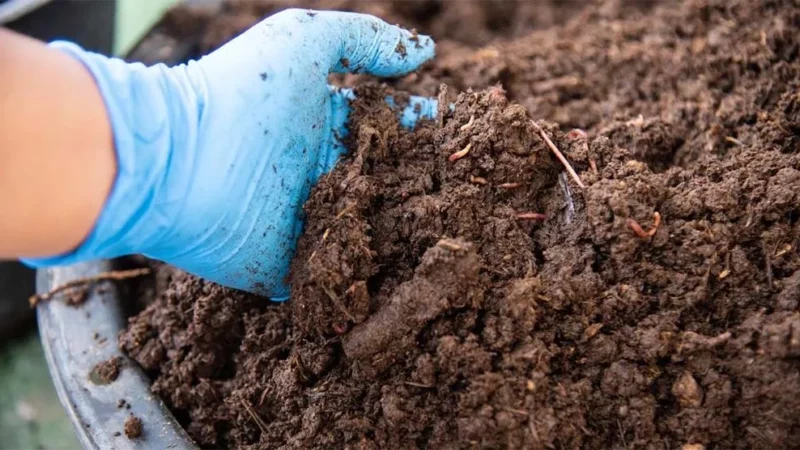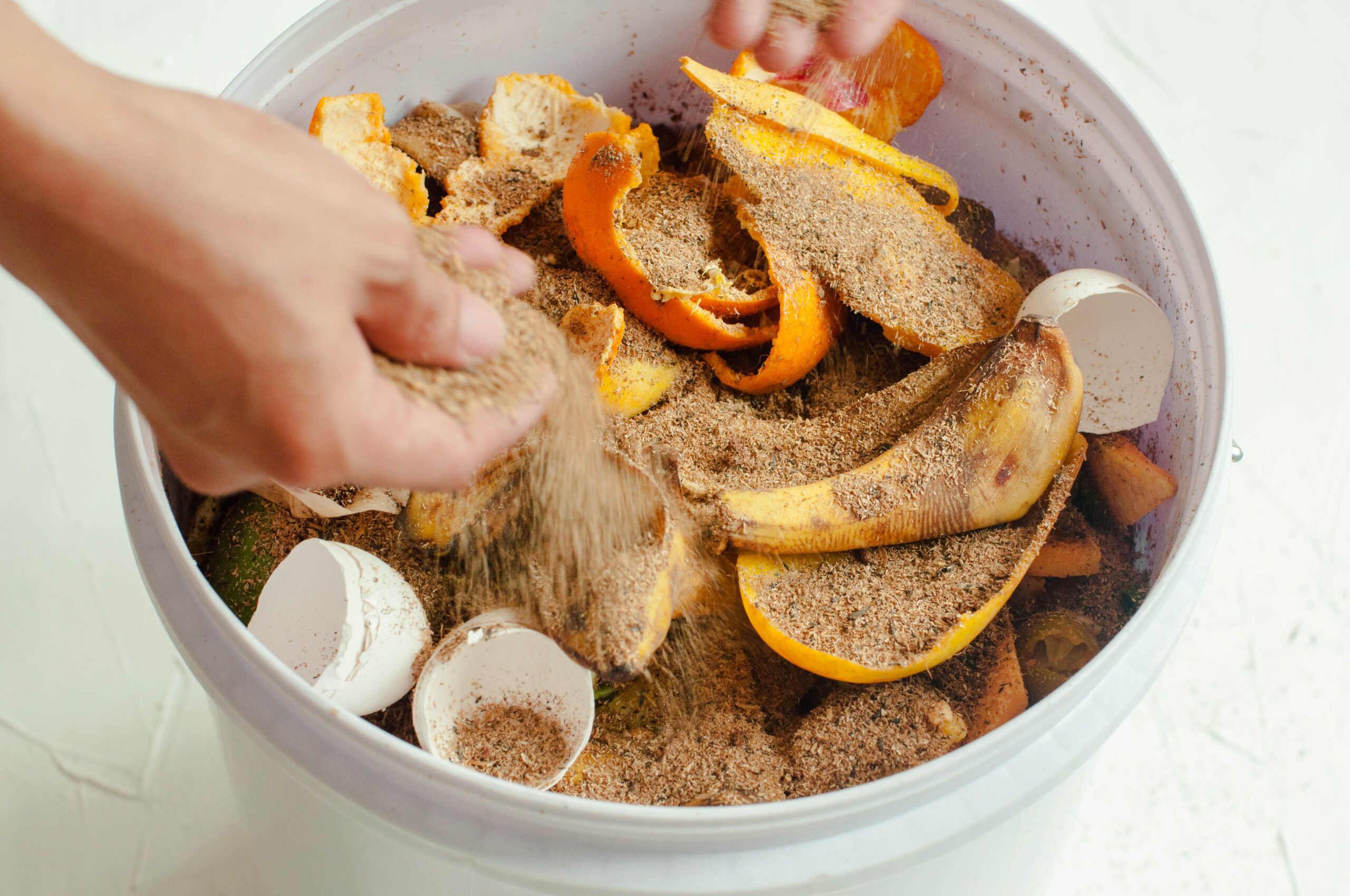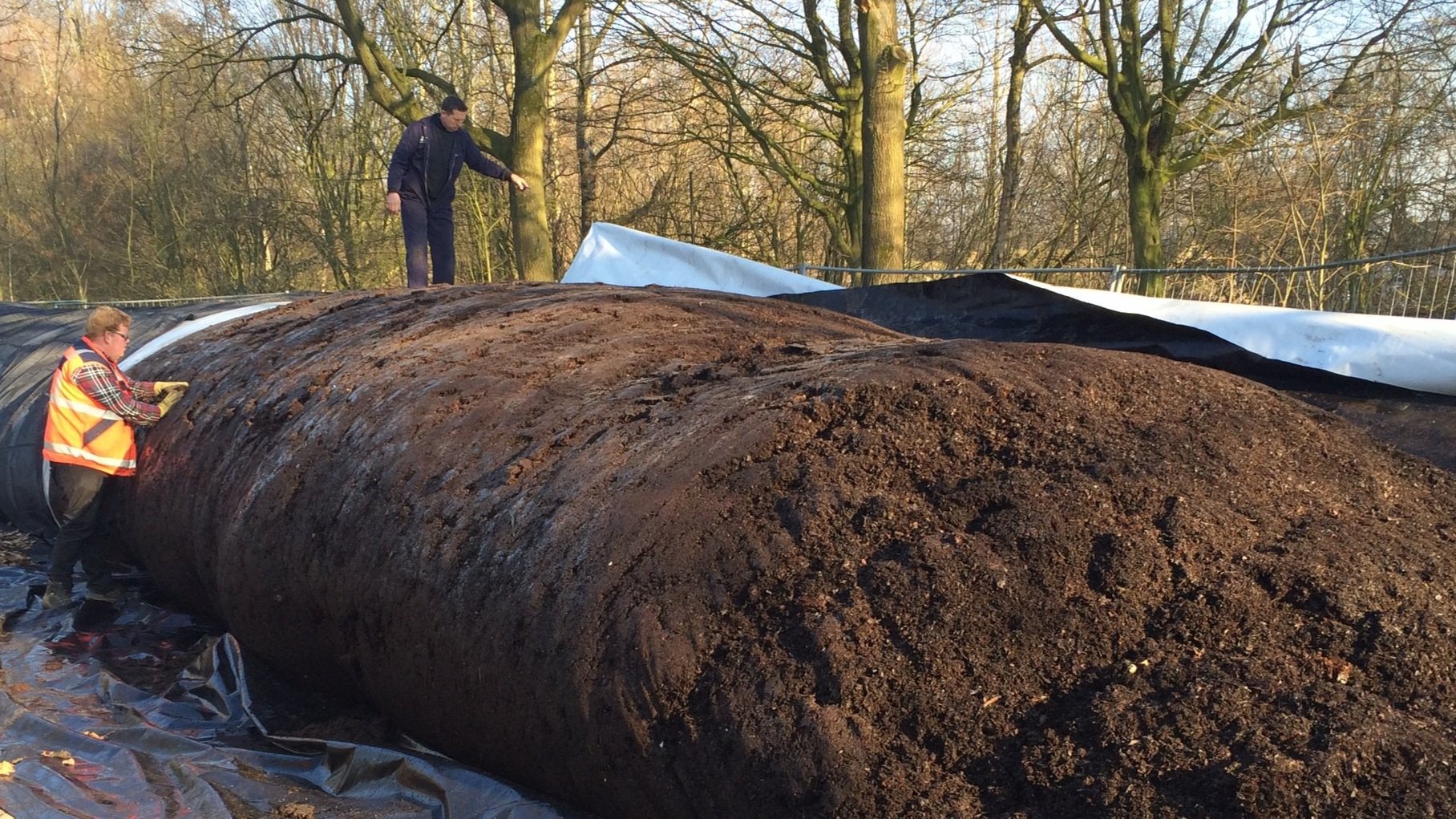Organic Farming: How to Make POP (Solid Organic Fertilizer)

In the world of organic farming, learning how to make POP (solid organic fertilizer) is an essential skill for maintaining soil health and boosting crop yields. One popular method is Bokashi, an organic fertilizer created through a fermentation process involving effective microorganisms (EM) that break down materials like manure, straw, and rice husks into nutrient-rich compost. This eco-friendly technique has gained popularity among farmers and horticulturists for its ability to improve soil structure, enhance plant growth, and reduce agricultural waste.
In this article, we will explore various types of Bokashi fertilizers, their ingredients, and the step-by-step process to prepare them. You’ll also learn how to apply them effectively, whether you’re cultivating a home garden or managing a commercial farm. Bokashi is a sustainable, chemical-free solution that supports the long-term health of your soil and crops.
1. BOKASHI

-
Definition: Bokashi refers to a method of composting organic waste using fermentation. It utilizes Effective Microorganisms (EM) to break down materials anaerobically.
-
Usage: Suitable for household or farm waste, including food scraps, manure, and agricultural residues.
-
Benefits: Fast fermentation, retains nutrients, eliminates foul odors, and enriches soil with beneficial microbes.
Ingredients:
- 500 kg of chicken, cow, or goat manure
- 500 kg of rice husks or sawdust
- 20 kg of rice bran
- 30 kg of kitchen ash or rice husk ash
- 150 grams of sugar
- Sufficient amount of EM4 (microorganisms) or plant-based microorganisms
- Enough water
How to Make:
Mix all the ingredients together and moisten with water mixed with sugar and plant-based microorganisms until the mixture becomes damp. Cover with plastic or a tent in a manner that the bokashi ferments. This requires water, air, and heat. The fermentation would normally be within 12-21 days in the temperature range of 40-50°C. Open the tent and stir the mixture until the process stabilizes, then cover it again. It is recommended to open the mix every 5 hours to check the temperature by feeling it. If the temperature is less than 40°C, spray water mixed with sugar and microorganisms. Continue until the bokashi has no manure smell and is not warm when handled. It is now ready for use.
How to Use:
For rice, food crops, vegetables, and ornamental plants, apply bokashi fertilizer at a dose of 1-1.5 tons per hectare. If the soil is too heavy, the dose can be increased to 2 tons per hectare.
2. BOKASHI STRAW

Definition
Bokashi Straw is a type of solid organic fertilizer made from the fermentation of rice straw using Effective Microorganisms (EM) and other additives like molasses and bran. This process breaks down the tough fibers in the straw into a form that is easily absorbed by plants.
Usage
-
Used as a base material for composting.
-
Applied directly to the soil as green manure.
-
It can be used as bedding for livestock, which will ferment and turn into Bokashi fertilizer.
Benefits
-
Enriches soil with organic matter.
-
Increases the soil’s ability to retain water and nutrients.
-
Provides a habitat for beneficial microorganisms in the soil.
-
Helps in the eco-friendly decomposition of straw without the need for burning.
Ingredients:
- 200 kg of straw, including various types of grass or green manure, chopped into 5-10 cm pieces
- 10 kg of rice bran
- 10 tablespoons of sugar
- 200 ml of EM4 (20 tablespoons): Suitable for various organic materials, usually for making 1 ton of bokashi
- Sufficient water
How to Make:
Dissolve EM4 and sugar in water. Mix straw, husks, and rice bran evenly. Gradually pour the EM4 solution into the mixture until the moisture content reaches 30%. If the mixture is squeezed in the hand, no water should come out, and when the fist is released, the mixture should crumble. Pile the mixture on a dry surface with a height of 15-20 cm, then cover with a burlap sack for 3-4 days. Maintain the pile temperature between 40-50°C. If the temperature exceeds 50°C, open the sack, turn the pile, and cover it again with the burlap. High temperatures can cause bokashi damage due to decomposition. Check the temperature every 5 hours. After 4 days, the bokashi is fermented and ready to be used as organic fertilizer.
3. BOKASHI MANURE

Definition
Bokashi Manure is a solid organic fertilizer produced from the fermentation of animal manure (cow, goat, chicken) using EM, bran, and molasses. The process neutralizes odors, kills pathogens, and enhances the nutrient value of the fertilizer.
Usage
-
Applied directly to the soil as a base fertilizer.
-
Mixed into growing media for container plants.
-
Used in organic farming to enrich soil fertility.
Benefits
-
Rich in nitrogen, phosphorus, and potassium, essential for plant growth.
-
Naturally boosts soil fertility without synthetic chemicals.
-
Safer for plants compared to raw manure, as it eliminates the risk of “burning.”
-
Reduces the risk of contamination from pathogens or weed seeds.
Ingredients:
- Manure
- 10 kg of rice bran
- 200 kg of rice husks
- 10 tablespoons of sugar
- 200 ml of EM4 (20 tablespoons)
- Sufficient water
- Dissolve EM4 and sugar into water.
How to Make:
Mix manure, rice husks, and rice bran evenly. Gradually pour the EM4 solution into the mixture until the moisture content reaches 30%. If the mixture is squeezed in the hand, no water should come out, and when the fist is released, the mixture should crumble. Pile the mixture on a dry surface with a height of 15-20 cm, then cover with a burlap sack for 3-4 days. Maintain the pile temperature between 40-50°C. If the temperature exceeds 50°C, open the sack, turn the pile, and cover it again with the burlap. High temperatures can cause bokashi damage due to decomposition. Check the temperature every 5 hours. After 4 days, the bokashi is fermented and ready to be used as organic fertilizer.
4. BOKASHI MANURE – CHARCOAL
Ingredients:
- 200 kg of manure
- 10 kg of rice bran
- 100 kg of rice husk charcoal or sawdust charcoal
- 10 tablespoons of sugar
- 200 ml of EM4 (20 tablespoons)
- Sufficient water
How to Make:
Dissolve EM4 and sugar in water. Mix manure, rice bran, rice husk charcoal, and sawdust charcoal evenly. Gradually pour the EM4 solution into the mixture until the moisture content reaches 30%. If the mixture is squeezed in the hand, no water should come out, and when the fist is released, the mixture should crumble. Pile the mixture on a dry surface with a height of 15-20 cm, then cover with a burlap sack for 3-4 days. Maintain the pile temperature between 40-50°C. If the temperature exceeds 50°C, open the sack, turn the pile, and cover it again with the burlap. High temperatures can cause bokashi damage due to decomposition. Check the temperature every 5 hours. After 4 days, the bokashi is fermented and ready to be used as organic fertilizer.
5. BOKASHI EXPRESS 24 HOURS
Ingredients:
- 200 kg of dry straw, dry leaves, rice husks, or sawdust, or any material that can be fermented
- 20 kg of finished bokashi
- 20 kg of rice bran
- 5 tablespoons of sugar
- 200 ml of EM4 (20 tablespoons)
- Sufficient water
How to Make:
Dissolve EM4 and sugar in water. Mix dry straw (or any material suitable for fermentation) with finished bokashi and rice bran evenly. Gradually pour the EM4 solution into the mixture until the moisture content reaches 30%. If the mixture is squeezed in the hand, no water should come out, and when the fist is released, the mixture should crumble. Pile the mixture on a dry surface with a height of 15-20 cm, then cover with a burlap sack for 3-4 days. Maintain the pile temperature between 40-50°C. If the temperature exceeds 50°C, open the sack, turn the pile, and cover it again with the burlap. High temperatures can cause bokashi damage due to decomposition. Check the temperature every 5 hours. After 24 hours, the Bokashi Express will be fermented and ready to be used as organic fertilizer.
How to Use Bokashi:
Spread 3-4 handfuls of bokashi per square meter evenly over the soil surface. For less fertile soil, you can apply more.
For rice fields, apply bokashi fertilizer during plowing. Spray 2 cc of EM4 per liter of water into the soil. Leave the bokashi for a week, then the seedlings will be ready for planting. Reapply after 14 days and again after one month.
For fruit trees, bokashi can be evenly spread over the soil surface or around the plant roots, and 2 cc of EM4 per liter of water should be sprayed every two weeks.
6. PROCESSING PETROGANIC
Ingredients:
- 4 kg of ZA
- 100 kg of Petroganic
- 20 kg of rice bran (the more, the better)
How to Make:
Cover for 4 nights, then spray with EM4/mol. Maintain the temperature below 40°C. Apply before planting or when the crop is less than 10 days old. This process encourages root growth and beneficial bacteria in the soil.
It can also be used to make POC Petroganic by combining Petroganic + rice bran + molasses from banana stems + water or rainwater + decomposed bamboo leaves (if available) for Trichoderma source, with any dosage you prefer.
7. COMPOST + BY PUNOKAWAN
Ingredients:
- 200 kg of petroganic
- 5 kg of urea
- 50 kg of Ponska/SP36/Dolomite/farming lime
- 1 liter of molasses
- 1 kg of sugar
- Sufficient water
How to Make:
Ferment for a minimum of 3 days, ensuring the temperature does not exceed 40°C. Apply as a one-time application per hectare up to 5 times. For the 4th and 5th applications, replace urea with 5-10 kg of potassium chloride (KCl). Apply during land preparation, continue at 7 days after planting, and then every 20 days, depending on soil fertility. If the soil is fertile, 4 applications are sufficient. Additional treatments can include using Pesnab hormones, POC, and biological agents. This method involves “storing” the nutrients for five seasons, allowing the land to transition toward full organic farming. Direct transition to full organic without proper preparation may not be successful.
For spraying, soak the solution first. For spraying, the dosage is 250 ml per tank, and for fertigation, it is 1 liter per 20 liters of water. To save on costs, Ponska can be replaced with Dolomite or agricultural lime.

Comments are closed.